Central e-Prescription
e-Prescription is a centralized system that encompasses all relevant stakeholders across the country and manages electronic prescription processes. The system enables healthcare professionals to prescribe medications accurately and have the medications dispensed errorlessly at pharmacies.
Benefits and Innovations
The Central e-Prescription System provides healthcare professionals with advanced prescription guidelines by offering current drug information along with clinical decision support alerts. Doctors can access their patients' past prescription and medication usage information. The system reduces dosage errors, drug interactions, and contraindication risks by ensuring that prescriptions comply with defined drug policies and clinical protocols. It contributes to the optimization of drug policies and the effective management of healthcare services by providing comprehensive analyses such as drug consumption trends, prescribing behaviors, and pharmacoeconomic reports to public authorities and healthcare providers.
Benefits
- Enhanced Patient Safety
- Efficient Dispensing
- Allergy and Drug-Drug Interaction Checks
- Streamlined Refill Process
- Specialized Signing
- Accurate Dosage Calculations and Renewals
- Integrated Decision Support
- Prevents Fake Prescriptions
- Pharmacovigilance Data for Drug Authorities
- Prevents Abuse of Narcotics and Psychotherapeutics
Innovations
- Electronic Prescription Transformation
- Drug Data Management
- Seamless Renewal Requests
- Real-Time Interaction Alerts
- Up-to-Date Drug Management Policy and Guidelines
Daily Prescriptions
Unique Patients
Physician Users
Pharmacies
Facilities
Daily Prescribed Medication Boxes
Integrated Systems
The Future of Prescribing Management:
Central e-Prescription
e-Prescription accelerates and simplifies the prescribing processes by enabling the digital creation of medication prescriptions. The system prevents prescription errors and eliminates risks such as contraindications, dosage errors and drug interactions, thereby enhancing patient safety. The system ensures that patients' medications are dispensed errorlessly from pharmacies and improves the efficiency of healthcare services with its comprehensive reporting and analysis capabilities.
Features
Electronic Prescription Conversion
Physicians effortlessly digitize prescriptions, transforming them into electronic prescriptions in the system. This streamlines the prescription process and facilitates a comprehensive patient health record, improving care coordination and patient safety.
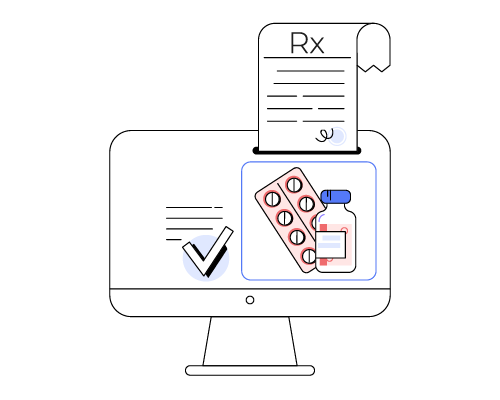
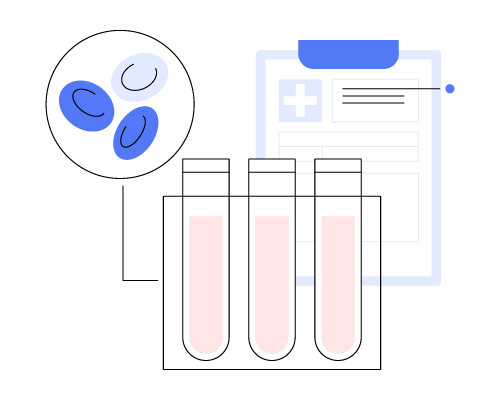
Precision Dosage Control
Dosage controls of prescribed drugs are made with the Decision Support System. The system checks the availability of prescribed drugs in the patient and the re-prescription rules, ensuring that the medicines are prescribed and dispensed to patients in the correct dosage. Prescriptions are reviewed and corrected for patient safety before they are finalized.
Simplified SIG Code Prescribing
Our Central e-Prescription system simplifies SIG code prescribing by integrating an intuitive interface that allows healthcare professionals to quickly select standard instruction codes for drugs. This streamlining of the prescribing process reduces errors and ensures that patients receive clear, understandable instructions for drug usage. By enhancing the precision and clarity of prescriptions, we support the delivery of safe and effective care, reducing the potential for misinterpretation and improving patient adherence to treatment plans.
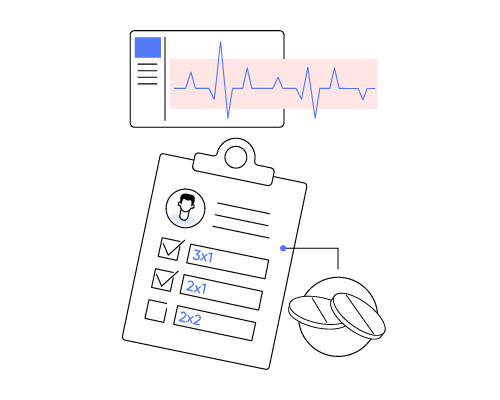
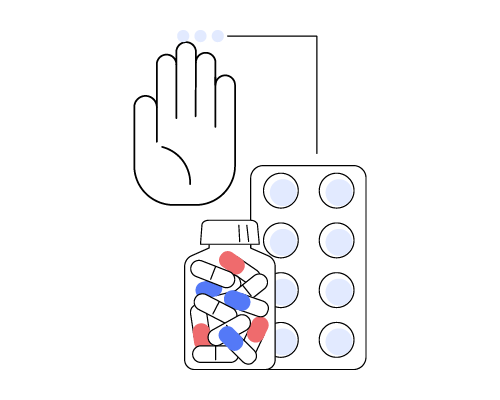
Prevents Abuse of Narcotics and Psychotherapeutics
The Central e-Prescription system is designed with robust algorithms to prevent the abuse of narcotics and psychotherapeutic medications. Our system ensures responsible prescribing practices by employing comprehensive monitoring and control features, including real-time alerts for unusual prescribing patterns and integration with drug enforcement databases.
Dispensing Accuracy
To prioritize patient safety, e-Prescription employs granular calculations starting at the single-dosage pill level to ensure that the dispensed medications align precisely with the prescribed dosage. It extinguishes the risk of patients receiving more medicine than prescribed, promoting optimal therapeutic outcomes.
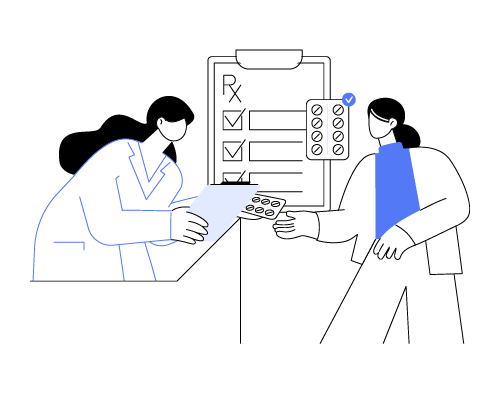
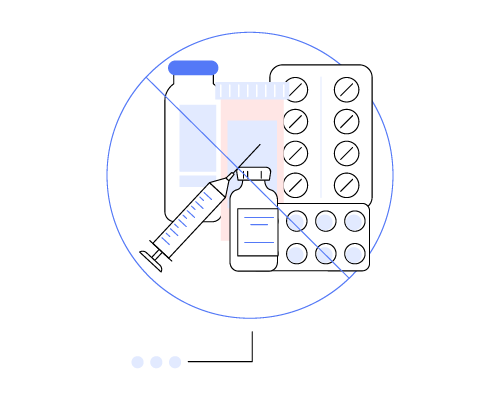
Allergy and Drug-Drug Interaction Checks
Our system conducts thorough checks by cross-referencing patients' allergy records with the prescribed medications. If there are any potential allergies or drug-drug interactions, it immediately alerts healthcare professionals. This feature is a tool for preventing allergic reactions and adverse events.
Automated Refill Authorization
Our system automates the refill authorization process, allowing healthcare professionals to set criteria for automatic refills on eligible prescriptions. This reduces the need for patient-initiated requests and ensures continuous drug availability without compromising patient care. It also streamlines the workload of healthcare providers by minimizing manual intervention in the refill process.
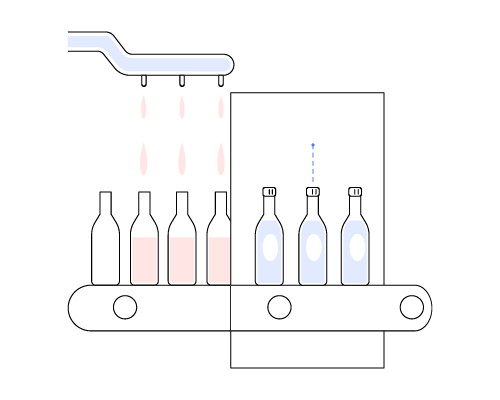
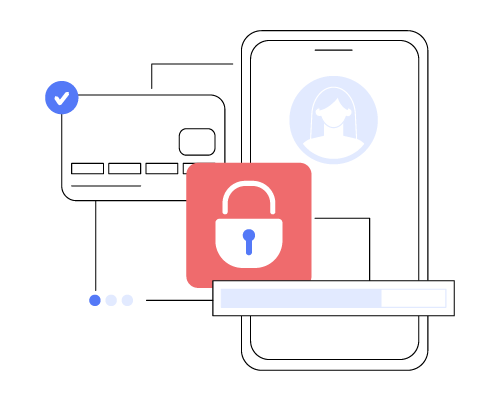
Multi-Factor Authentication
Our system incorporates multi-factor authentication for prescribers to enhance security and ensure that prescriptions are issued by authorized people only. This feature protects against unauthorized access, ensuring that only verified healthcare professionals can create, modify or approve electronic prescriptions. It's a critical step towards safeguarding patient information and prescription integrity.
Prescription Decision Support System
Prescribers can access all drug information such as package inserts, equivalent drugs, box images, forms, prices, ATC codes and active ingredients through the integration of the up-to-date drug database. This allows prescribers to easily select from a list of approved medications. The system informs the prescriber about drug alternatives, costs, and restrictions in accordance with institutional policies and practices and makes recommendations for lower-priced generic drugs.
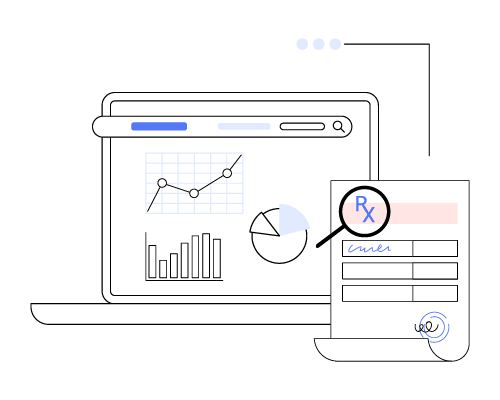
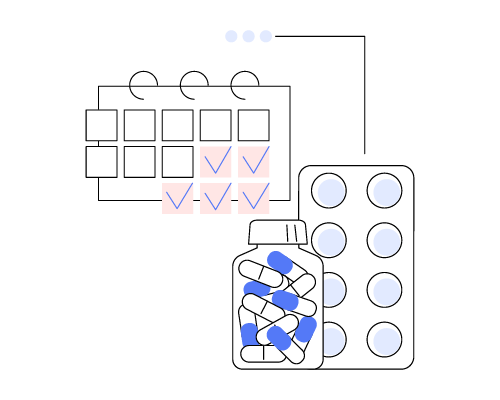
Patient Drug History
Our system provides comprehensive access to patients' medication histories, enabling healthcare professionals to review past and current medications before prescribing. This feature is essential for preventing drug duplications, understanding patient adherence and making informed clinical decisions. It contributes significantly to personalized patient care and drug safety.
Benefits for Patients
Patient
Safety
Patients receive accurate medication dosages at correct time intervals, minimizing the risk of errors.
Allergy and Drug-Drug
Interaction Protection
Allergic reactions and drug-drug interations are extinguished through comprehensive medication checks.
Medication
History
Comprehensive review of patients' medication histories ensures personalized and safe drug management.
Digital
Convenience
e-Prescription enables patients to access prescriptions and medicines.
Benefits for Health Professionals
Fast and Efficient Prescribing
Streamlined prescribing process, aligned with defined drug policies, ensuring speed, efficiency and seamless execution.
Advanced Decision Support
Real-time clinical decision support systems ensure accurate drug selection and accurate prescribing.
Patient-Centered Prescribing
Healthcare professionals apply personalized treatments by instantly accessing patients' medical history and previous prescriptions.
Regulatory Compliance
The system provides healthcare professionals with the necessary tools to ensure full compliance with regulations, preventing violations.
Benefits for Healthcare Systems, Providers and Authorities
Data-Driven
Decision Support
Prescription and drug usage data are used to optimize healthcare policies and improve healthcare delivery.
Enhanced Population Health Management
Enables more effective monitoring of current and potential situations threatening population health and a more effective response to these situations.
Increased
Efficiency
Improved processes make healthcare management more efficient, ensuring effective resource utilization and enhancing service quality.
Enhanced Compliance Management
Healthcare authorities achieve full regulatory compliance through the tools provided by the system, preventing violations.
